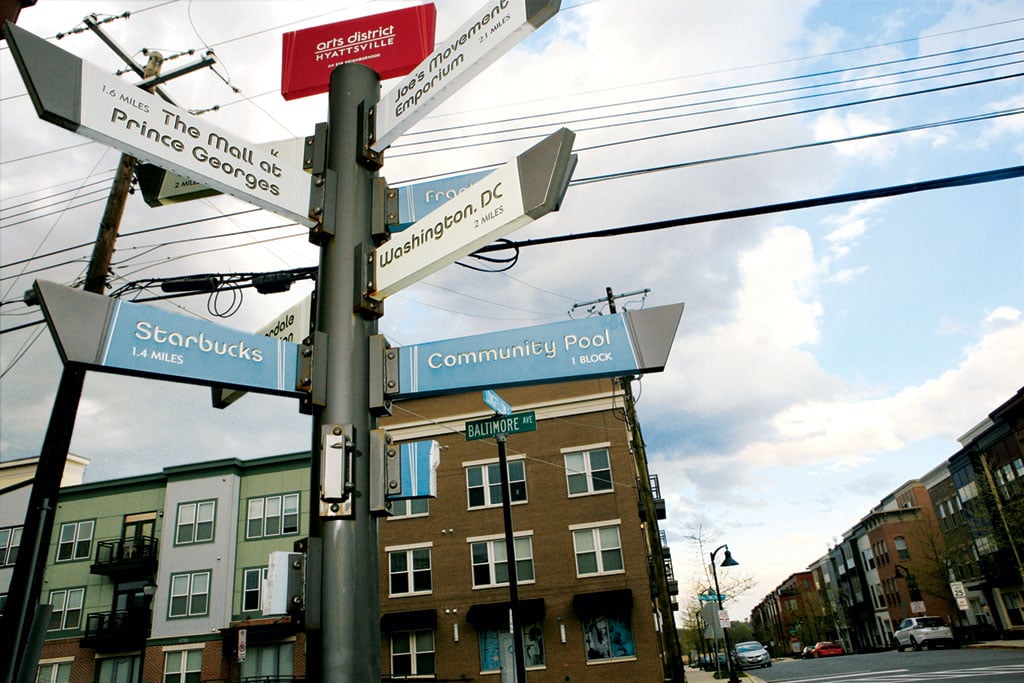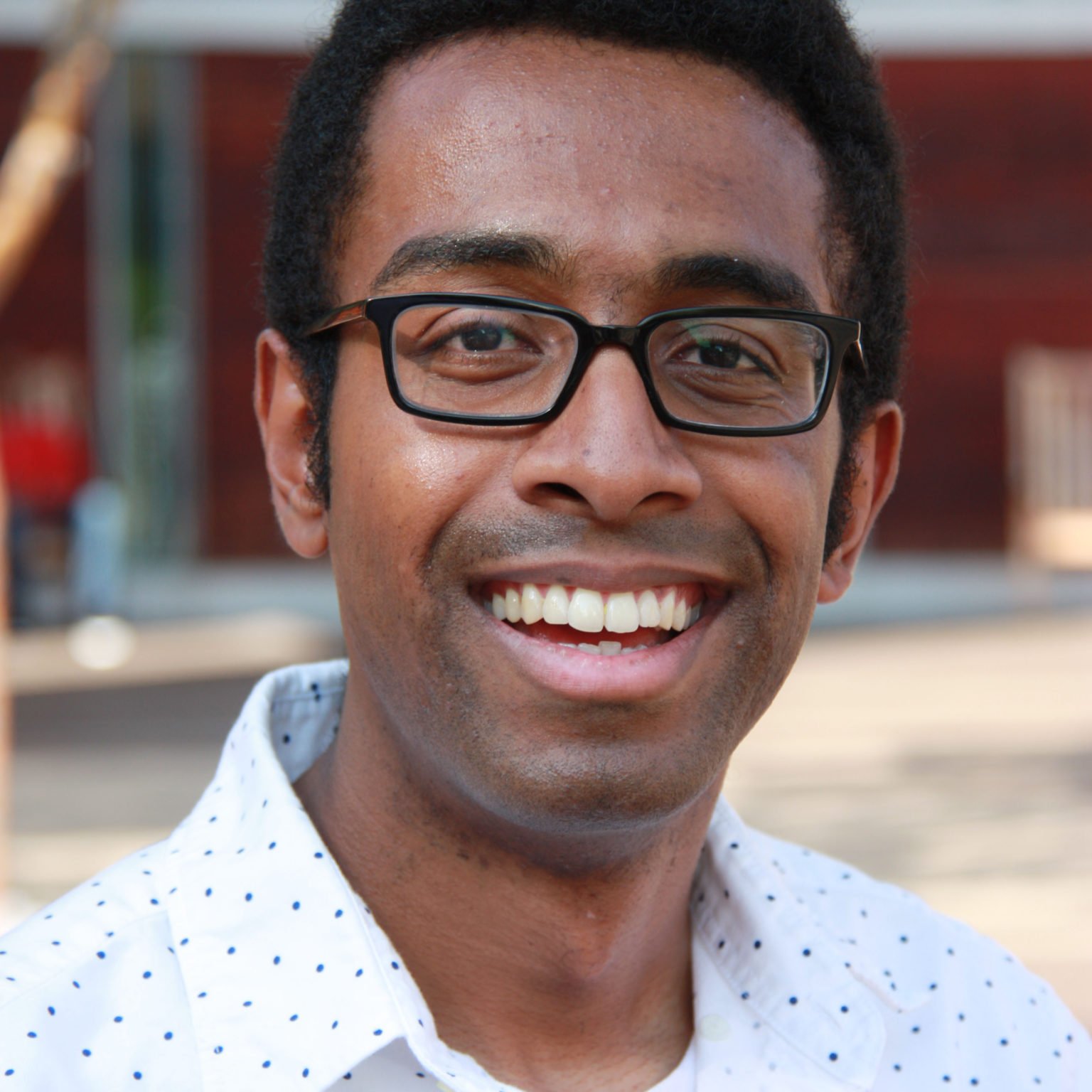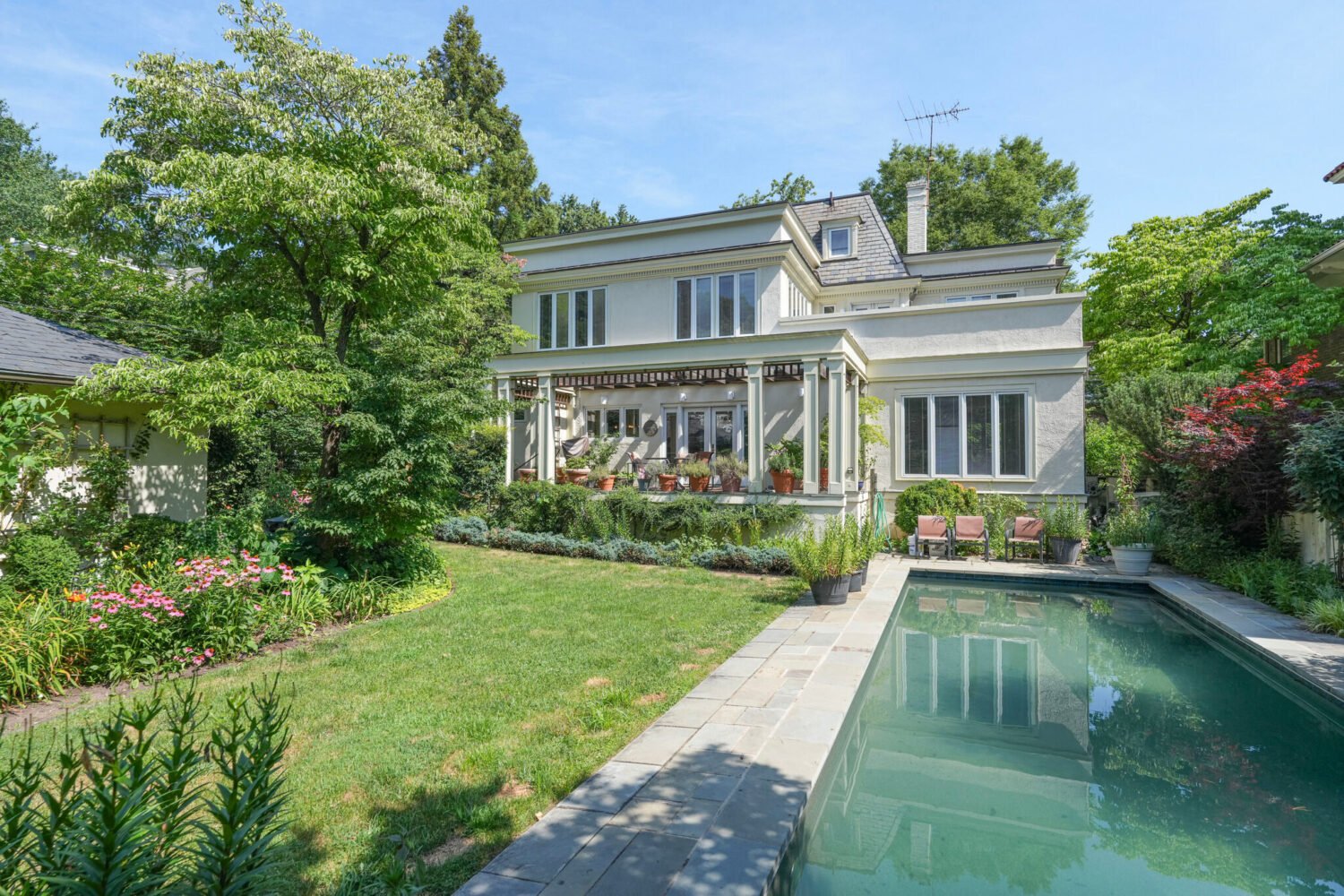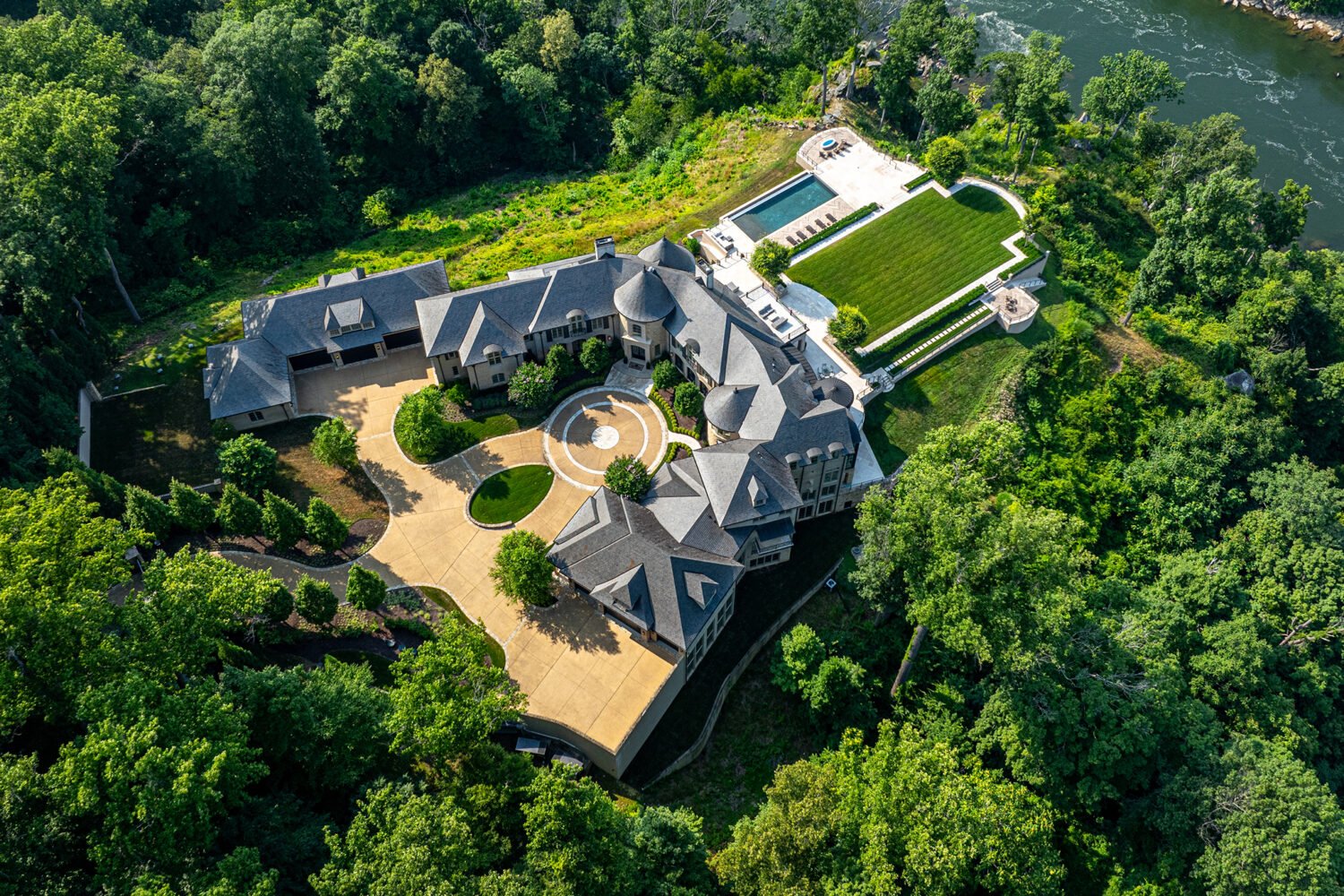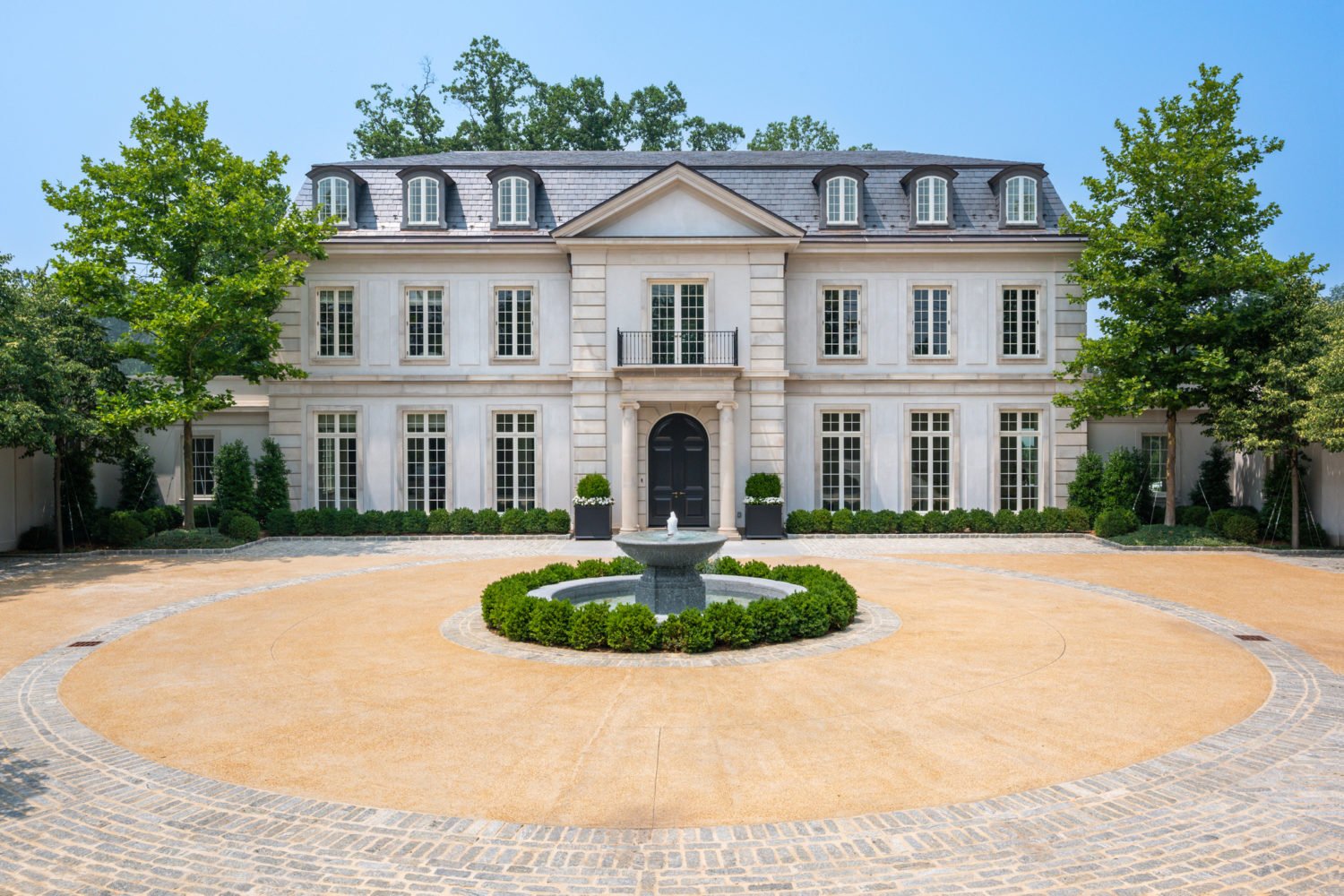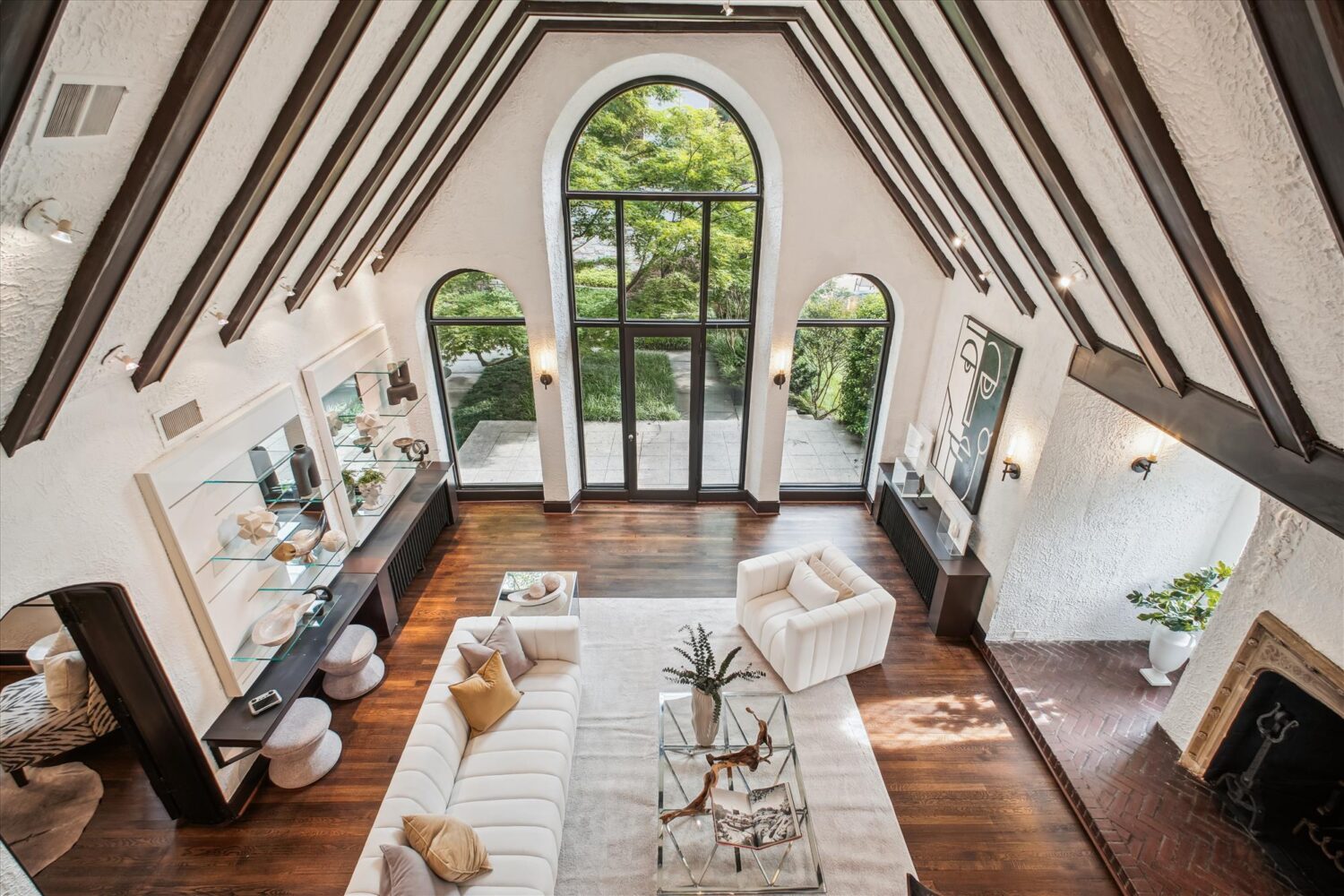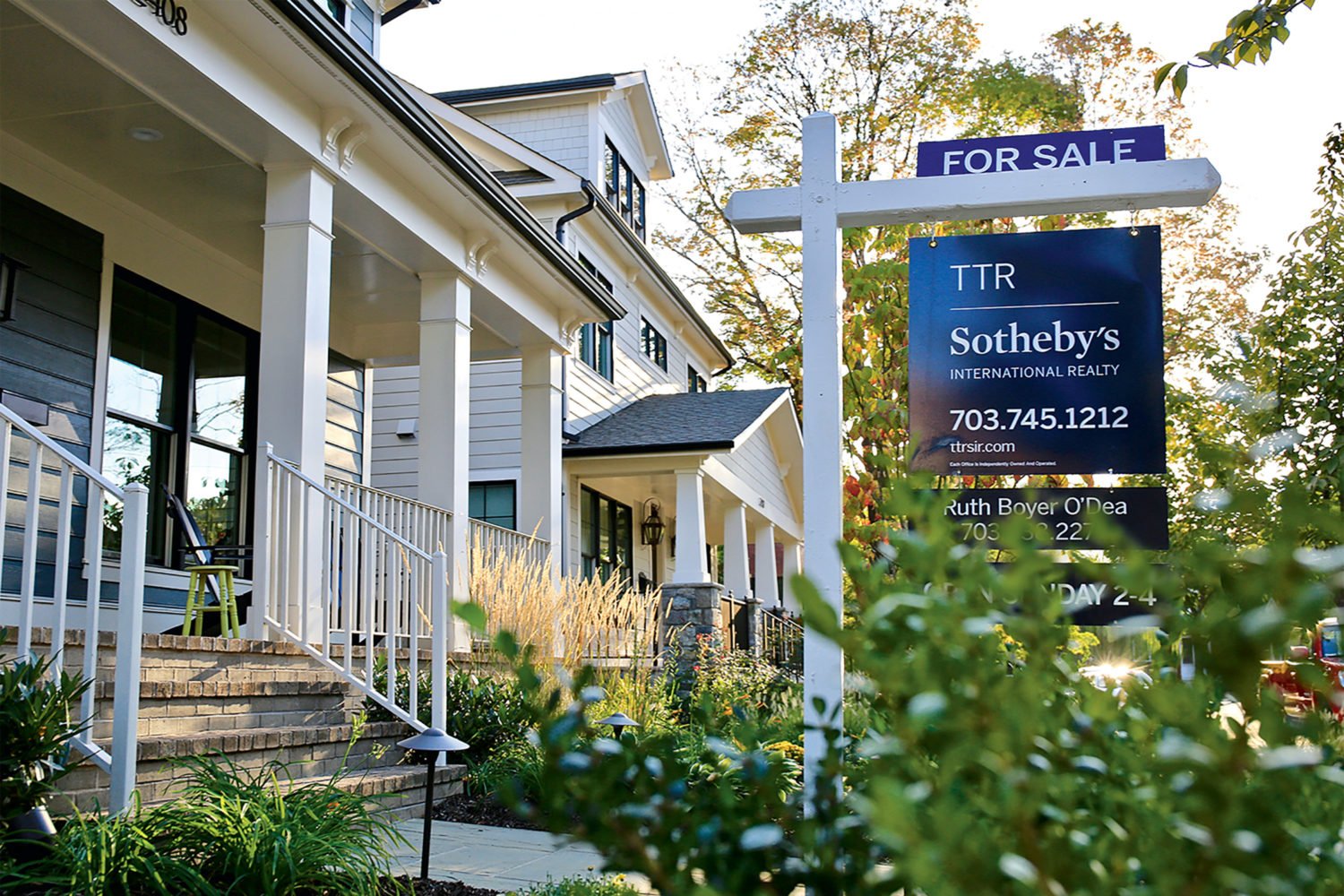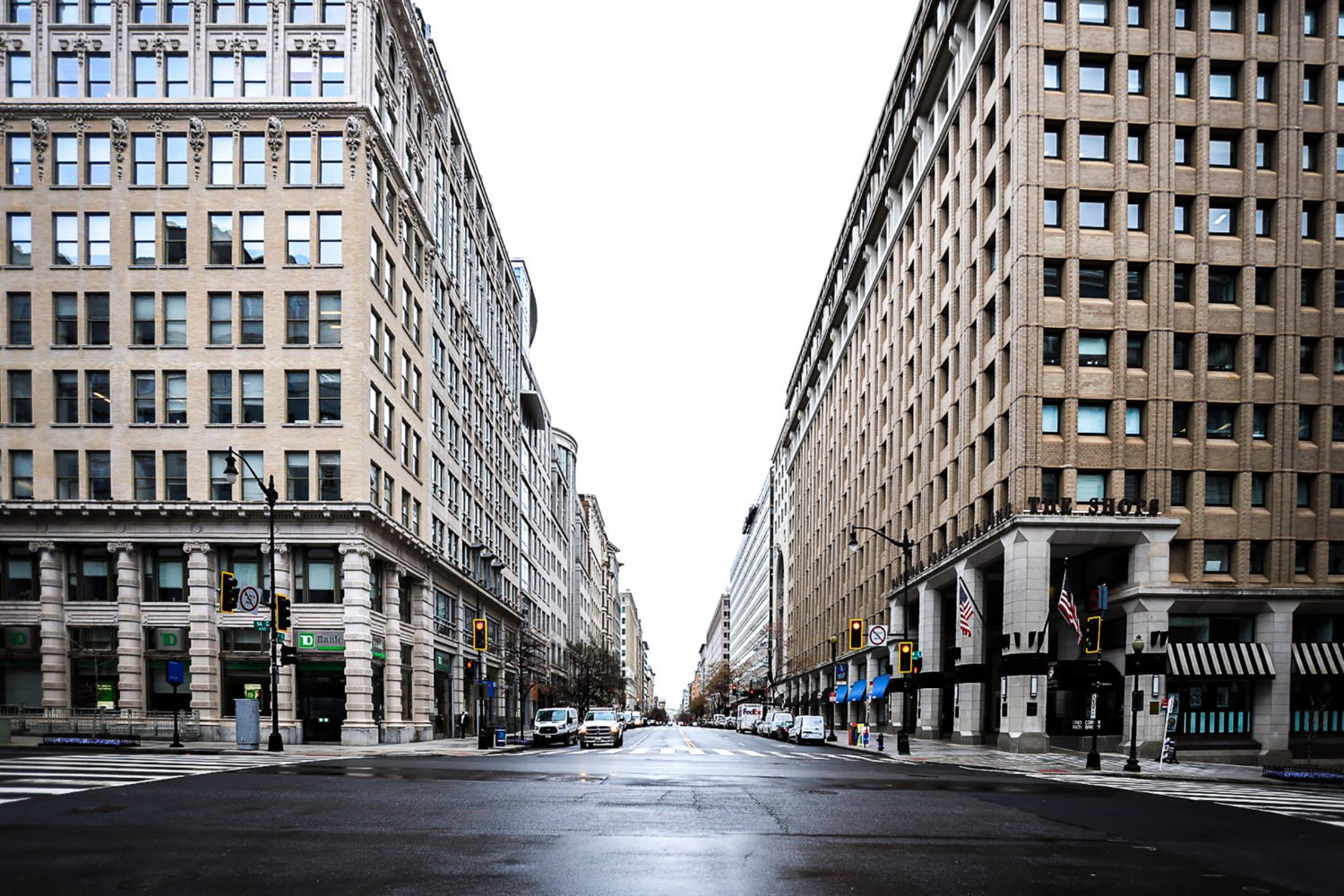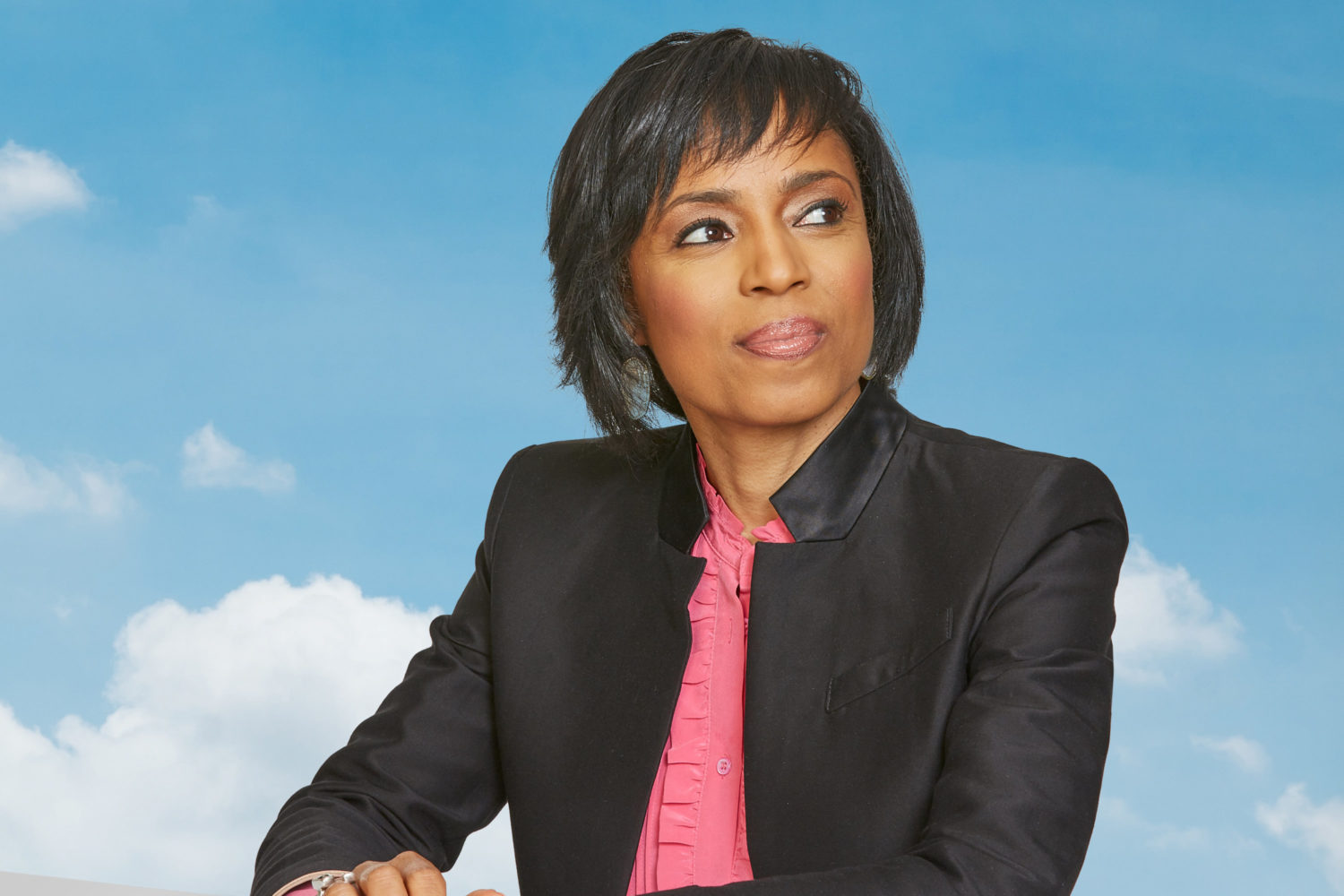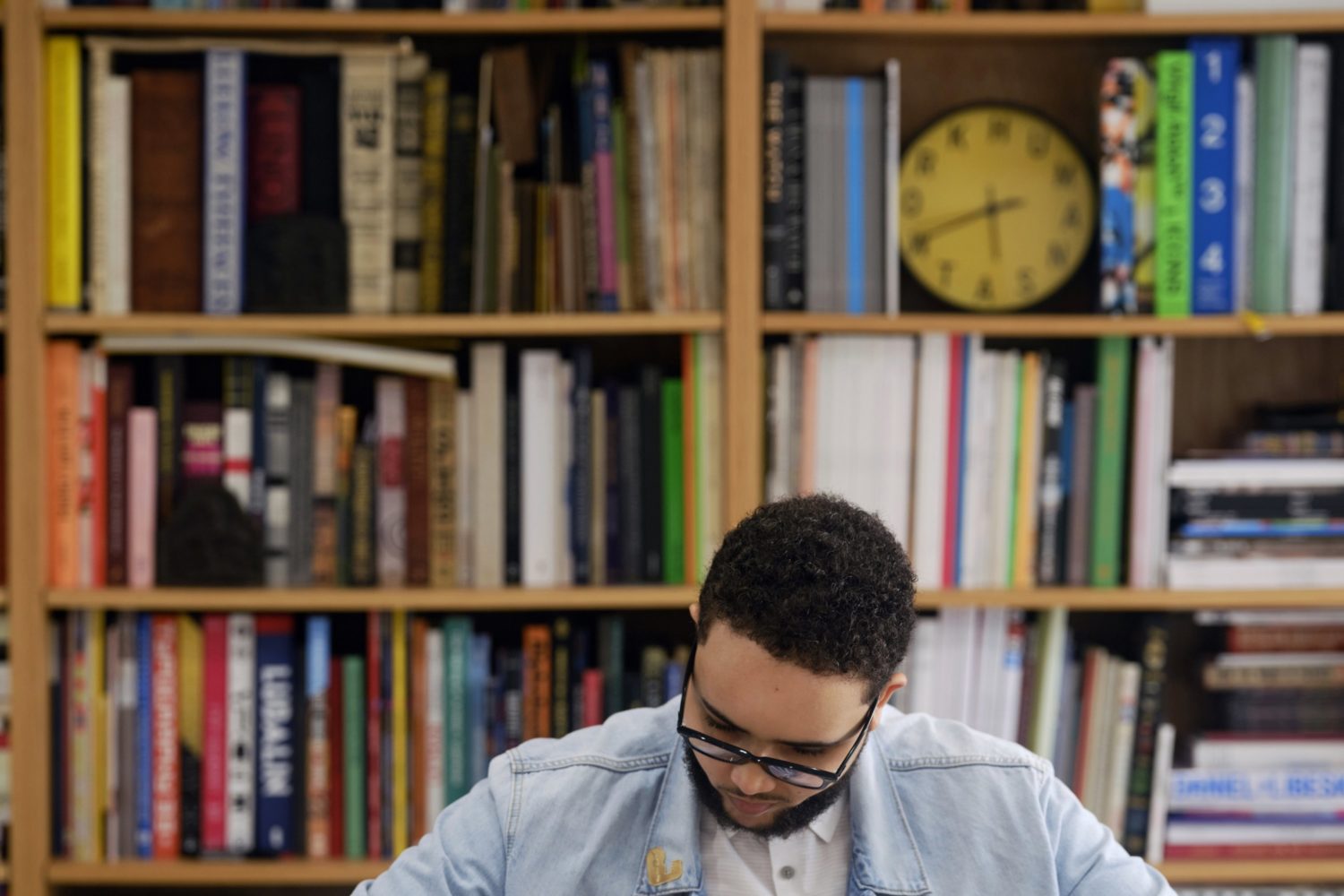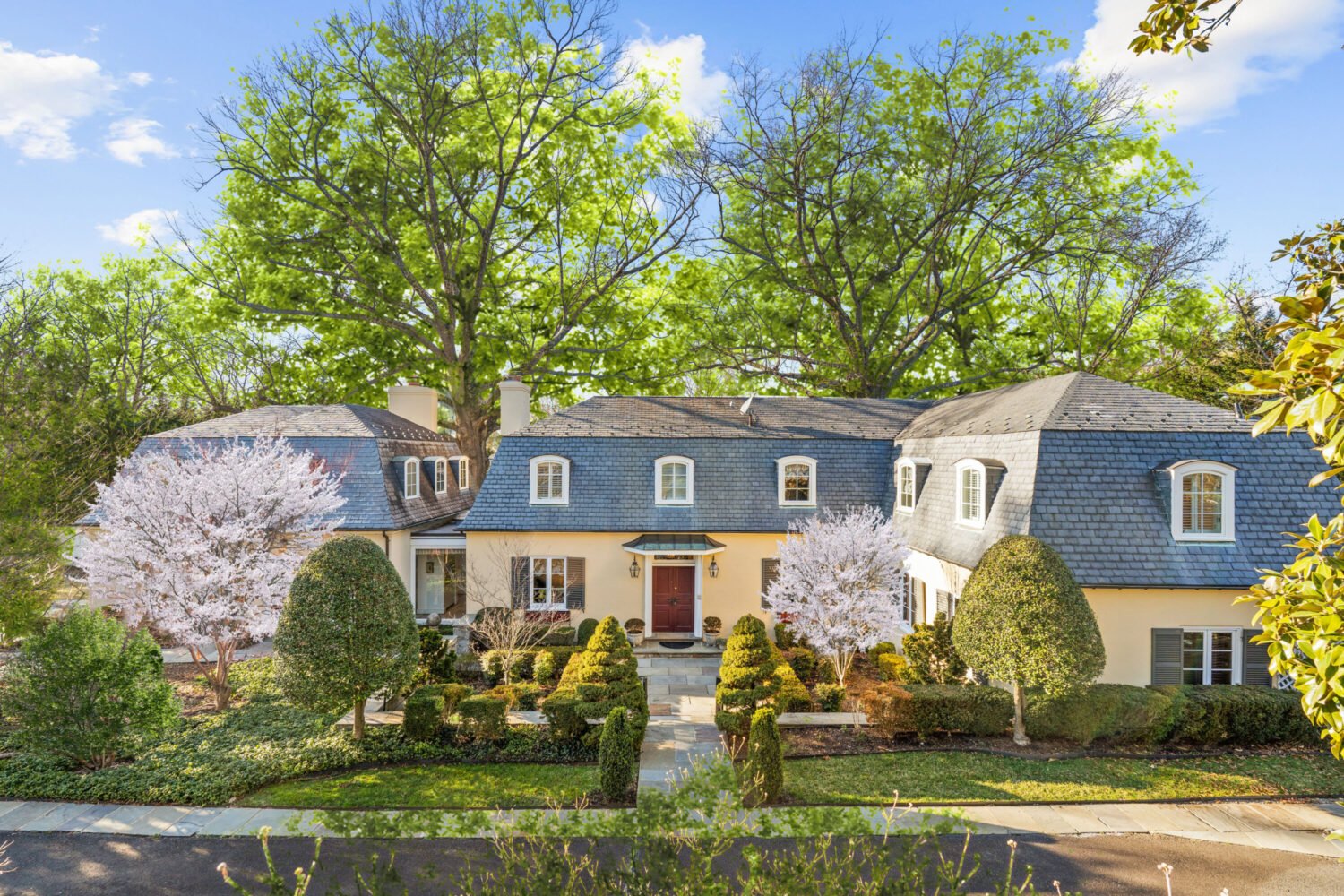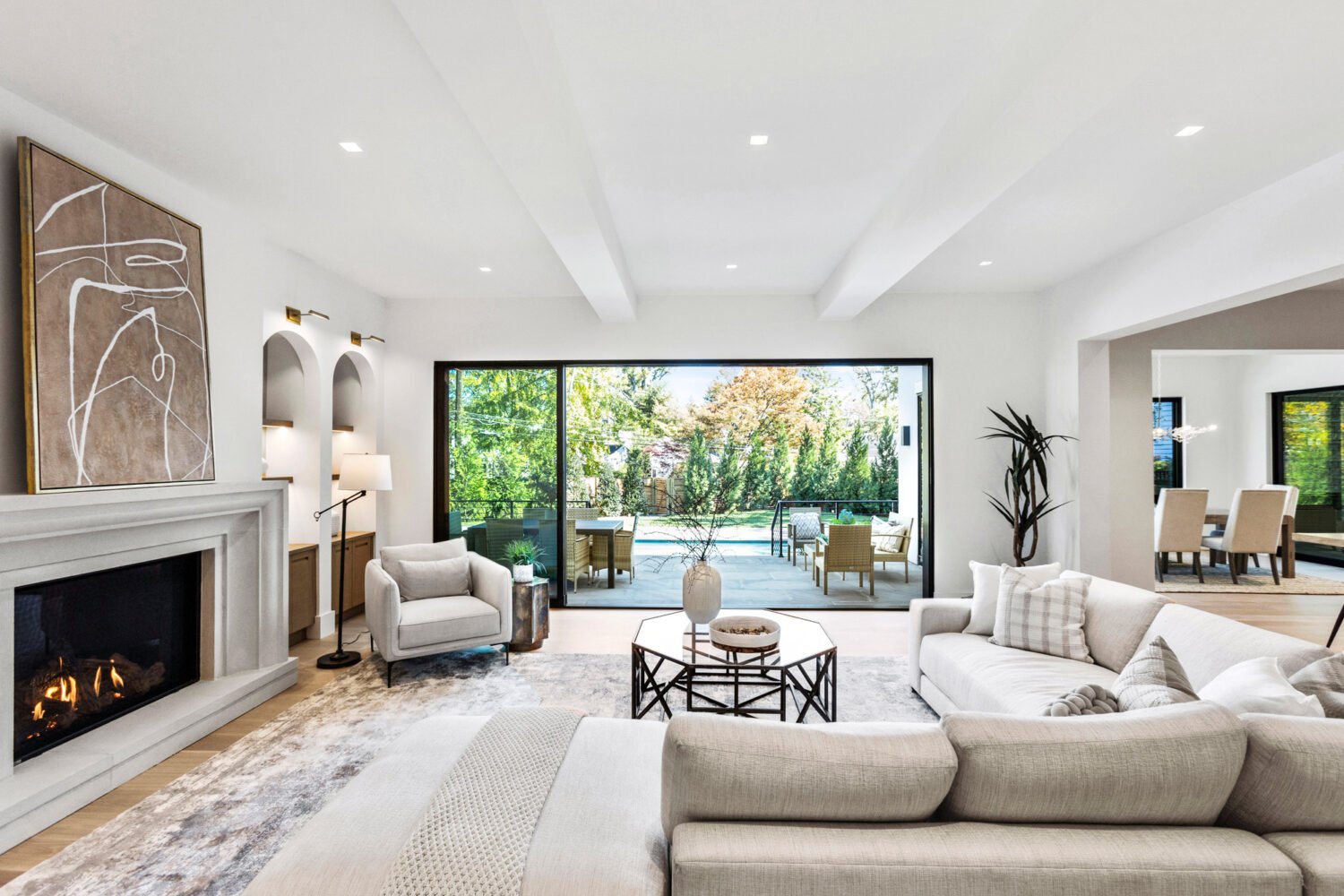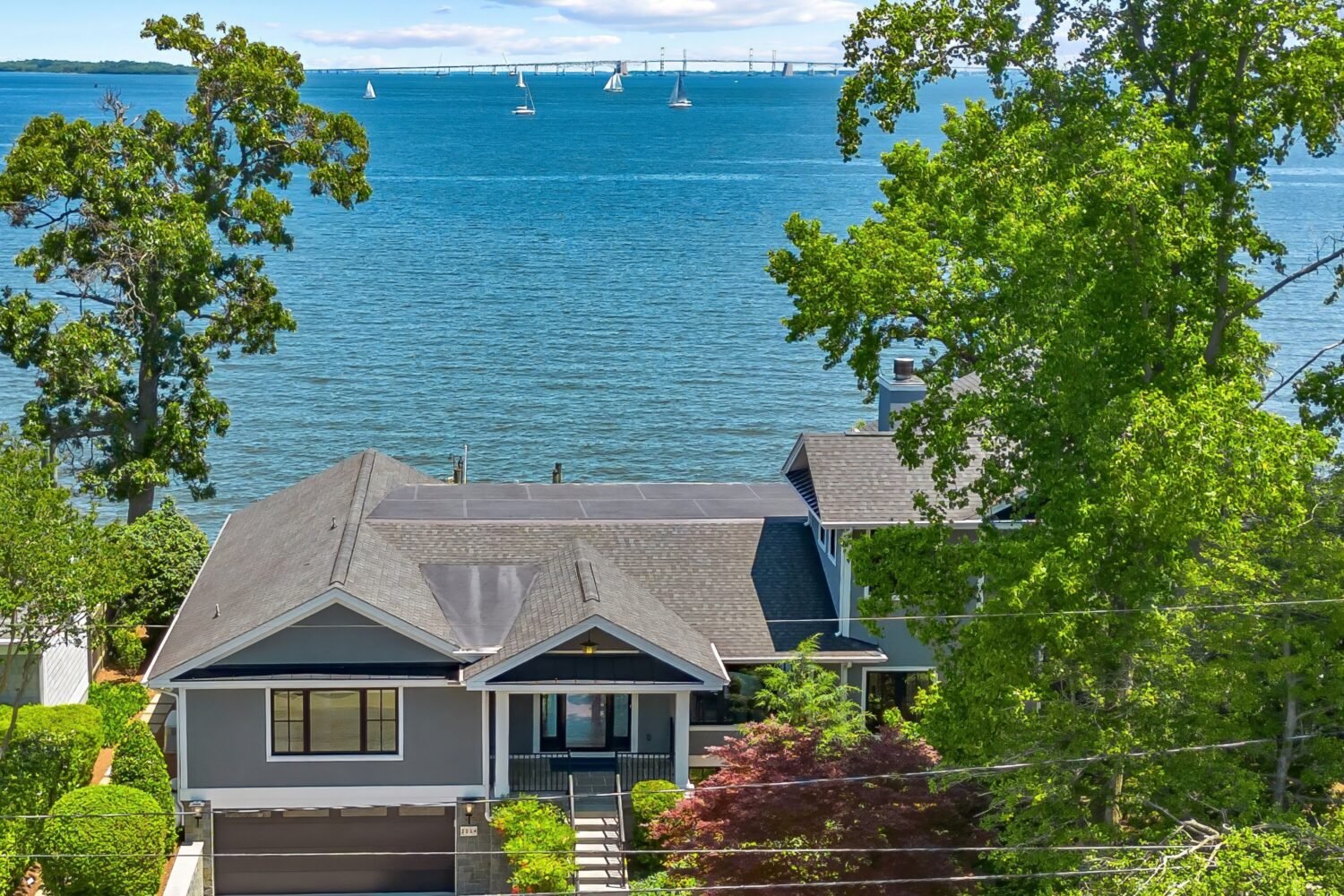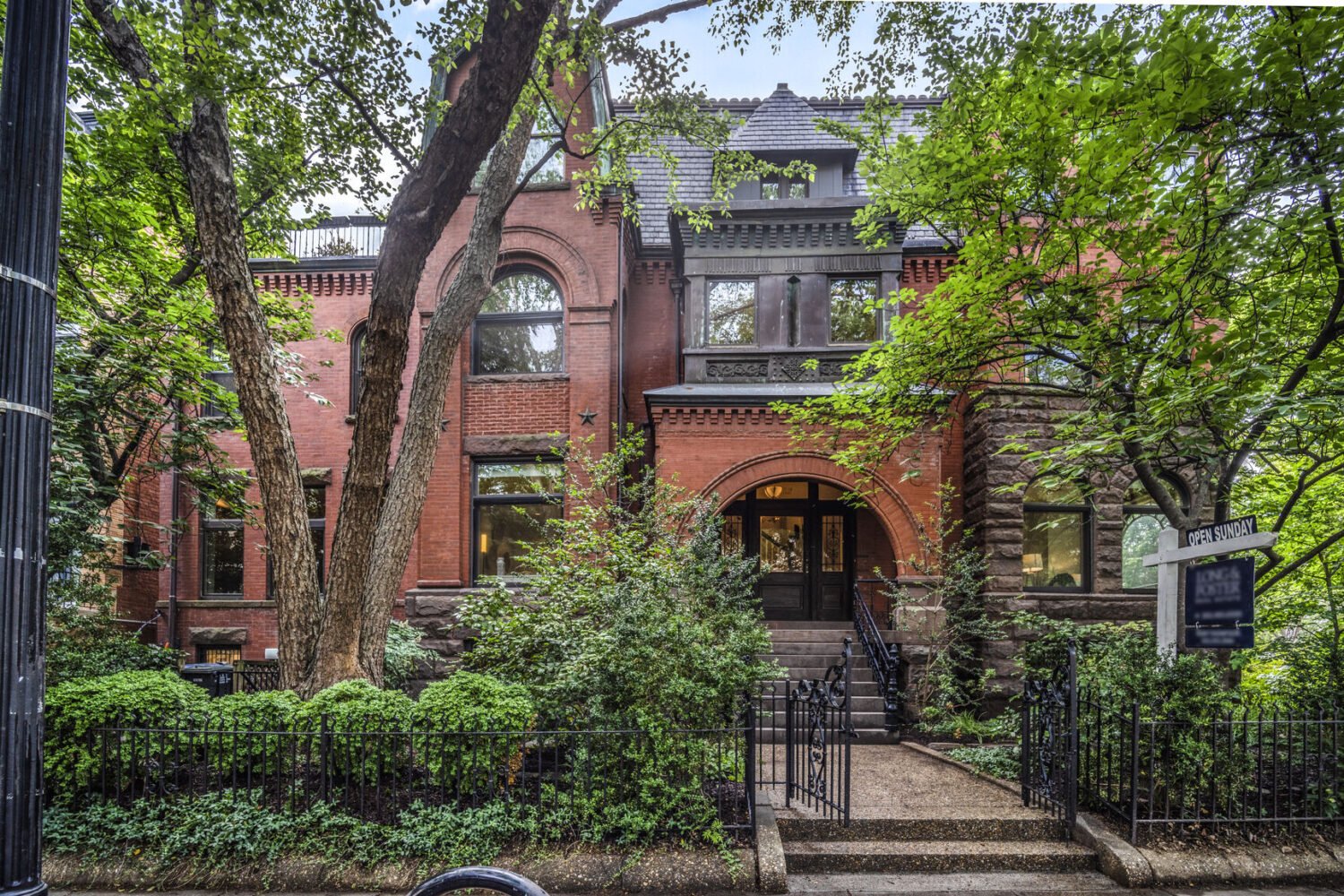Here in the age of revived streetcar lines and reborn rowhouse neighborhoods, Washington seems seized by a bout of nostalgia. Those who can afford it can return to the blessed days, before public policy encouraged suburban sprawl, when DC residents could stroll to the corner greengrocer and ride the trolley downtown to shop at Lansburgh’s department store.
My mother remembers urban life differently. Her family emigrated from Guyana in the 1970s, after riots had torn the District apart. Her first American home was a one-room apartment near Meridian Hill Park shared with her seven brothers and sisters; later, her parents bought a four-unit apartment house in Petworth for $30,000. When my mother talks about her childhood, she talks about the streets she wasn’t allowed to walk on, the neighborhoods you didn’t go to, and the schools that failed to educate her.
So as soon as she could afford to, she moved to Prince George’s County, joining a great migration of African-Americans who left DC in favor of what was becoming a mecca of black suburban life. Other family members followed, buying houses in towns like Hyattsville and Lanham. My childhood visits with relatives were spent swimming at the splash park in Glenn Dale, shopping at Landover Mall, hanging out at barbecues in the lush back yards of aunts and uncles who had made a modest but comfortable life for themselves, surrounded by people who had done the same.
Prince George’s didn’t set out to become the home of Washington’s affluent black suburbanites. Middle-class families like mine simply followed their white counterparts, who had moved out of the District in the 1950s and ’60s. The county’s Economic Development Corporation had pushed for the construction of high-end neighborhoods to draw white-collar (and white) professionals who wanted to be near the county’s major employers, such as Goddard Space Flight Center and the University of Maryland at College Park. Instead, the EDC brought affluent African-American families who wanted not only to live in comfortable, sought-after suburban communities but to live around their peers.
Initially a shock to the county’s white leadership, the transformation made Prince George’s, as the nation’s wealthiest predominantly black jurisdiction, a point of pride to its black residents.
The status that comes with living in the suburbs can be powerful for black and minority communities who are so often denied it. For anyone whose mobility was limited by restrictive real-estate covenants, racist lending practices, and inhibited economic power, it’s hard to shake the memories of living in a cramped inner-city rowhouse. It’s also hard to follow the current inclination to see the luxurious house with the car and the big, green yard as somehow passé when you remember what they once signified.
It’s why my stepfather drove to his job as an executive at a trade association every day, even when he worked next door to the Union Station Metro stop. It’s why, when Wegmans opened its first store in Lanham six years ago, locals discovered it was a good place to meet singles: “You have to have a car to get here . . . . [You] have to have a little bit of money,” a Fort Washington resident told the Washington Post.
And it’s why my mother, a real-estate agent in DC for 30 years who’s seen the city fall and rise again, was shocked when I told her I was moving to Petworth, joining an entirely different historic migration, this time young professionals embracing old rowhouse neighborhoods.
Meanwhile, four decades after its subdivisions began luring upscale African-American Washingtonians, the suburban dream of Prince George’s is precarious. Other jurisdictions have boosted growth by turning formerly leafy areas—Rockville, Tysons—into urbanized economic engines designed to lure condo dwellers by night and office workers by day.
Prince George’s leaders want to keep pace—there are plans for a town center next to the Prince George’s Plaza and New Carrollton Metro stations and for urban-style developments in Hyattsville and Greenbelt—but their constituents aren’t so sure.
A lot of these new developments, it turns out, look like the neighborhoods many Prince Georgians fled decades ago. Which may explain why some locals have resisted efforts to follow the lead of other inner-ring suburbs. In 2007, officials in Hyattsville pushed back on plans approved by the county to build 14-foot-wide townhouses. Invoking the suburbanite’s time-honored bugaboo, they argued that smaller homes would promote transience.
Prince George’s leaders want to keep pace with development in other burbs. Their constituents aren’t so sure.
In 2012, when Prince George’s council members denied then vice chairman Eric Olson a promotion to chair, it was said Olson was “too Arlington” for his colleagues’ taste. That year, residents also fought unsuccessfully to stop a pedestrian-friendly town center in Riverdale Park comprising nearly a thousand homes and a Whole Foods, calling it “too dense.”
Given their history, the impulse is understandable. But it’s also self-defeating. If Prince George’s doesn’t permit the incursion of 21st-century urbanism—and the whiter and often wealthier residents who come with it—the prosperity that fostered the county’s suburban dream may be threatened. As Washington continues to sprawl outward, it’s growing fastest north and west because people (of any race) with the means to choose where to locate are choosing Tysons and Bethesda. Old-style suburbs are still thriving, but often at the very edges of the region, such as in Virginia’s Stafford County.
Despite being more affordable and closer in miles to Washington’s job centers, Prince George’s is in danger of being left behind. Homes gain value more slowly there than they do in other counties, and they’re usually worth less to begin with. The 2008 housing crisis hit Prince George’s especially hard, destroying the wealth of many black homeowners and taking down entire neighborhoods. Some cash-strapped residents resorted to renting out their houses as nightclubs. Even five years into the recovery, there are about 13,000 homes’ worth of approved but unbuilt subdivisions scattered across the county.
An urban future won’t necessarily restore Prince George’s black suburban heyday. Walkable, sustainable communities inevitably attract residents who are less invested in the suburban dream. But today even young African-American professionals aren’t interested in the old Prince George’s. They don’t share the same perceptions about “city” and “suburb” that previous generations had. They have very different perceptions of race as well.
Prince George’s offered a suburban refuge to the black middle class when the black middle class was still a new idea, but it wasn’t enough to offer them stability and economic opportunity. The county doesn’t have to give up its reputation as a black-middle-class success to move forward, but it does have to make room for the urban drift of Washington—and whoever it brings.
Dan Reed, a transportation planner and recovering architect, writes Just Up the Pike, a blog focusing on Montgomery County. He can be reached at justupthepike@gmail.com. On Twitter, he’s @justupthepike.
This article appears in our May 2016 issue of Washingtonian.

